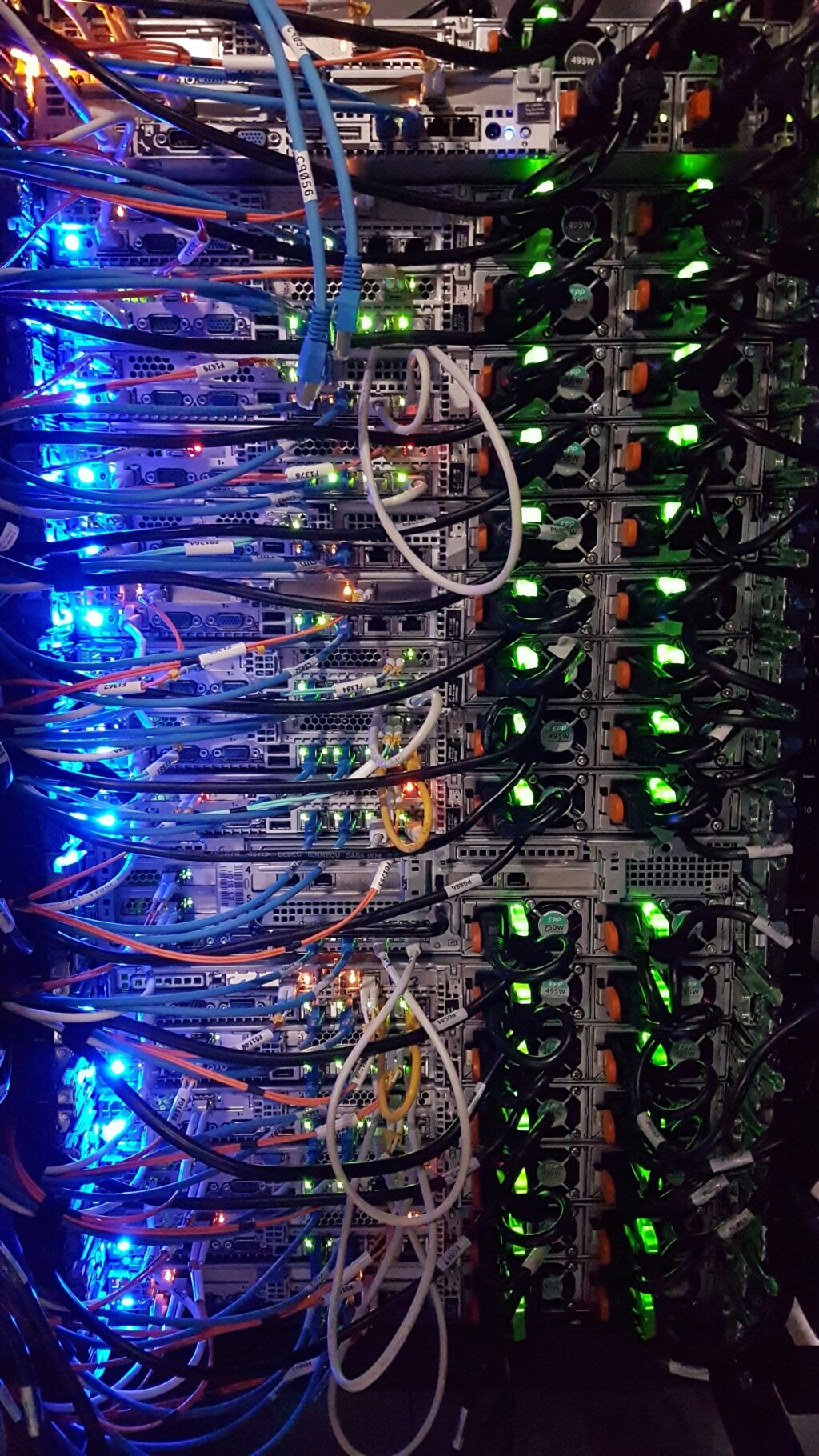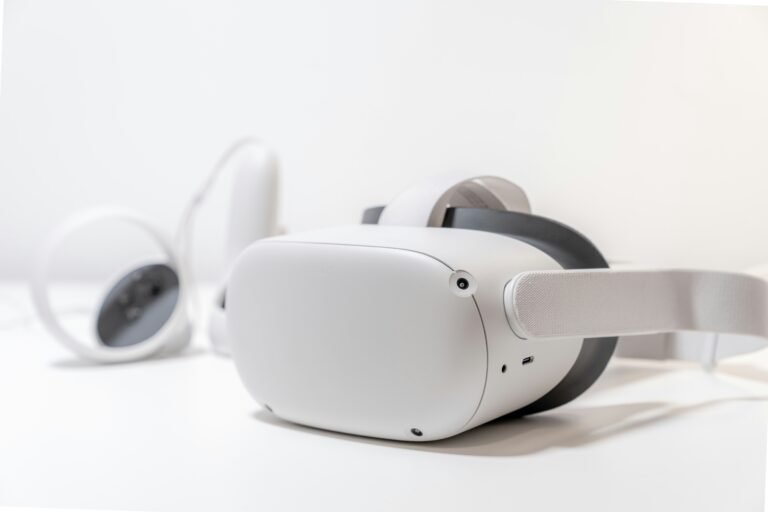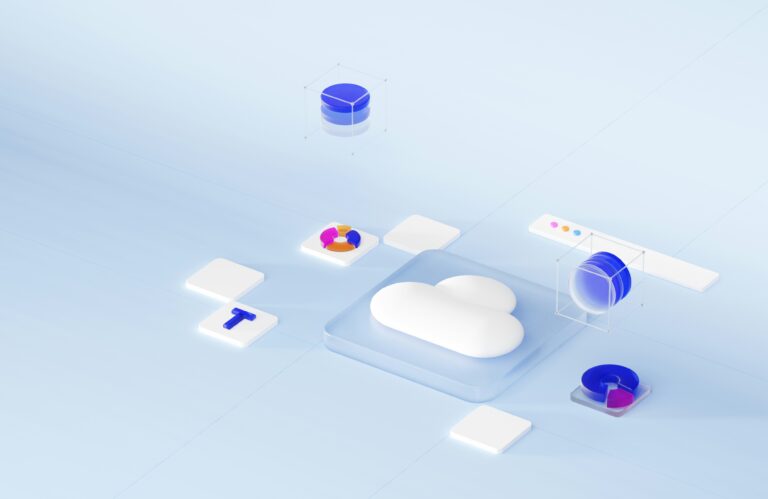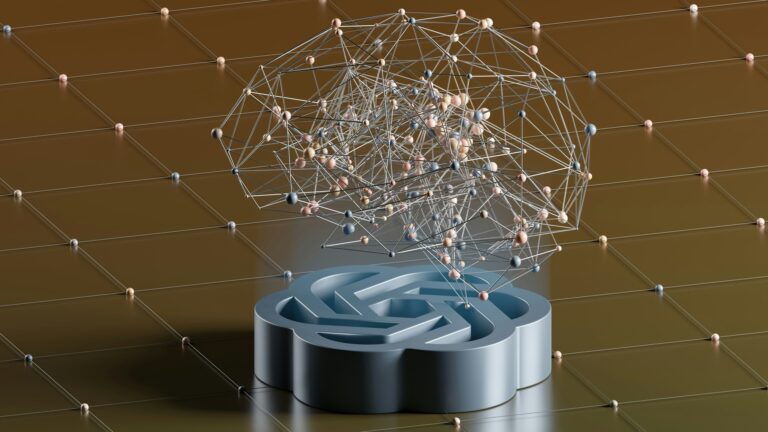
7 Powerful Neuromorphic Computing Breakthroughs Shaping a Smarter Future
Introduction
Imagine a computer that thinks more like a human brain, learning from experience, adapting to new situations, and using far less energy than traditional machines. This is the promise of neuromorphic computing, an innovative technology that designs computer chips to mimic the structure and function of the human brain. As artificial intelligence (AI) and the Internet of Things (IoT) demand more efficient and intelligent systems, neuromorphic computing is emerging as a game-changer. This article explores what neuromorphic computing is, how it works, its real-world applications, current trends, and its potential to transform technology, all in a clear and engaging way for everyone to understand.
What is Neuromorphic Computing?
Neuromorphic computing is a field of computer engineering that creates hardware and software inspired by the human brain’s neural networks. Unlike traditional computers, which process data sequentially using a central processor (CPU) and memory, neuromorphic systems use interconnected artificial neurons and synapses to process information in parallel, much like the brain does. This approach enables faster, more energy-efficient computing for tasks like pattern recognition and decision-making.
Key Features of Neuromorphic Computing
- Brain-Inspired Design: Chips mimic neurons (processing units) and synapses (connections) to process data dynamically.
- Parallel Processing: Multiple tasks are handled simultaneously, unlike traditional linear computing.
- Energy Efficiency: Neuromorphic systems consume significantly less power, ideal for battery-powered devices.
- Adaptability: These systems can learn and adapt in real-time, similar to how humans learn from experience.
For example, a neuromorphic chip in a smart camera could instantly recognize faces or objects without sending data to a distant server, saving time and energy.
How Neuromorphic Computing Works
Neuromorphic computing combines specialized hardware and algorithms to emulate brain-like processing. Here’s a simplified overview:
- Artificial Neurons: These are computational units that receive inputs, process them, and produce outputs, mimicking biological neurons.
- Synaptic Connections: Artificial synapses connect neurons, with adjustable weights that strengthen or weaken based on learning, similar to how the brain forms memories.
- Spiking Neural Networks (SNNs): Unlike traditional neural networks, SNNs use “spikes” (short electrical pulses) to transmit information, resembling brain activity.
- Event-Driven Processing: Neuromorphic systems only process data when triggered by events (e.g., a sensor detecting motion), reducing idle power consumption.
- Learning Mechanisms: Systems adapt through techniques like Hebbian learning, where connections strengthen with repeated use, enabling real-time learning.
For instance, a neuromorphic chip in a robot could learn to navigate a room by adjusting synaptic weights as it encounters obstacles, without pre-programmed instructions.
Real-World Applications of Neuromorphic Computing
Neuromorphic computing’s efficiency and adaptability make it ideal for a range of industries, particularly where speed and low power are critical.
Autonomous Vehicles
Self-driving cars rely on real-time data processing to navigate roads and avoid obstacles. Neuromorphic chips, like Intel’s Loihi, can process sensor data (e.g., from cameras or LIDAR) on-board, enabling faster decisions while conserving battery power.
Healthcare
Neuromorphic systems enhance medical devices like prosthetics and wearables. For example, brain-inspired chips in bionic limbs can interpret neural signals from the user’s brain to control movements naturally, improving quality of life.
Robotics
Robots equipped with neuromorphic chips can learn tasks in dynamic environments. A warehouse robot, for instance, could adapt to new layouts or handle unexpected obstacles, reducing reliance on cloud computing.
Edge AI Devices
Neuromorphic computing powers smart devices like cameras, microphones, and IoT sensors at the “edge” (on the device itself). A neuromorphic smart speaker could recognize voices or detect unusual sounds (e.g., glass breaking) locally, enhancing privacy and responsiveness.
Neuroscience Research
Neuromorphic systems help scientists model brain activity to study neurological disorders. IBM’s TrueNorth chip, for example, simulates neural networks to understand conditions like Alzheimer’s, advancing medical research.
Current Trends in Neuromorphic Computing
As of June 2025, neuromorphic computing is gaining momentum, driven by advances in hardware, algorithms, and demand for efficient AI. Here are key trends:
Advanced Neuromorphic Chips
Companies like Intel (Loihi 2), IBM (TrueNorth), and startups like BrainChip are developing more powerful neuromorphic chips. These chips offer higher neuron counts and better integration with standard computing systems, broadening their use.
Integration with AI and IoT
Neuromorphic computing is being paired with AI and IoT to enable low-power, intelligent edge devices. For instance, neuromorphic sensors in smart cities can monitor traffic or air quality in real-time, reducing energy costs.
Hybrid Neuromorphic Systems
Combining neuromorphic and traditional computing creates hybrid systems that leverage the strengths of both. This approach is being explored for applications like speech recognition, where neuromorphic chips handle initial processing, and CPUs manage complex tasks.
Open-Source Neuromorphic Frameworks
Open-source platforms, such as Intel’s Lava framework, are making neuromorphic programming accessible to developers. This democratizes innovation, encouraging new applications in robotics and healthcare.
Focus on Energy Efficiency
With sustainability a global priority, neuromorphic computing’s low power consumption aligns with green tech goals. Research is focused on chips that use picojoules (trillionths of a joule) per operation, ideal for eco-friendly devices.
Benefits of Neuromorphic Computing
Neuromorphic computing offers compelling advantages:
- Energy Efficiency: Consumes orders of magnitude less power than traditional systems, perfect for mobile and IoT devices.
- Speed: Parallel processing enables rapid responses for real-time applications.
- Adaptability: Learns and adapts without extensive reprogramming, mimicking human learning.
- Scalability: Suitable for both small edge devices and large-scale research systems.
- Privacy: Local processing reduces the need to send sensitive data to the cloud.
Challenges of Neuromorphic Computing
Despite its potential, neuromorphic computing faces obstacles:
- Hardware Complexity: Designing brain-inspired chips is technically challenging and costly.
- Software Ecosystem: Developing software for neuromorphic systems lags behind traditional computing, limiting accessibility.
- Scalability Limits: Current chips support fewer neurons than the human brain (billions vs. millions), restricting complex tasks.
- Integration Issues: Combining neuromorphic systems with existing infrastructure requires significant engineering.
- Adoption Barriers: Industries accustomed to traditional computing may hesitate to adopt unproven technology.
Addressing these challenges requires investment in research, developer tools, and industry partnerships.
The Future of Neuromorphic Computing
Neuromorphic computing holds immense promise for the future. By 2030, experts predict:
- Widespread Edge AI: Neuromorphic chips will power billions of IoT devices, from smart homes to wearables.
- Advanced Robotics: Robots with brain-like adaptability will transform manufacturing, healthcare, and exploration.
- Neuroscience Breakthroughs: Neuromorphic models will accelerate understanding of the brain, aiding treatments for neurological disorders.
- Green Computing: Ultra-efficient chips will reduce the carbon footprint of AI and data centers.
- Consumer Applications: Neuromorphic tech could enable smarter, more intuitive devices, like glasses that adapt to user preferences in real-time.
Continued innovation and collaboration will unlock neuromorphic computing’s full potential.
Conclusion
Neuromorphic computing is a revolutionary leap, bringing us closer to machines that think and learn like humans. By mimicking the brain’s efficiency and adaptability, it offers solutions for energy-hungry AI, real-time robotics, and cutting-edge medical devices. As trends like advanced chips, open-source frameworks, and IoT integration drive progress, neuromorphic computing promises a future where technology is smarter, greener, and more responsive. By overcoming challenges like complexity and scalability, this technology can reshape industries and improve lives, paving the way for a truly intelligent world.





